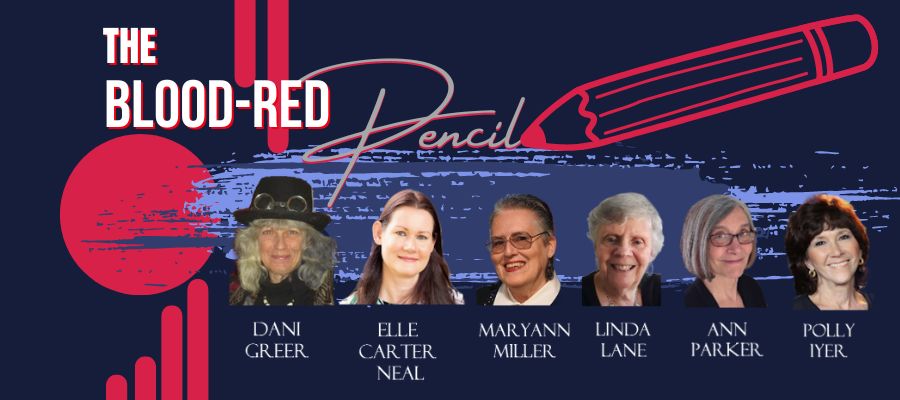I was having lunch with an old friend of mine yesterday, and the conversation turned to writing, editing and publishing. This was hardly surprising, since she's a professor of English at a nearby university, and I'm returning to contract teaching after a long stint as a book editor and designer. (I'm not quitting; in my life jobs tend to accrete rather than change. Now I'll be a book designer and editor who also writes books and teaches College Writing.) I had taken along a book published on CreateSpace, and as we talked she flipped through it. "Beautiful pictures," she said. And they were. Furthermore, the type was clean and crisp, the production values of the book (things like overall print quality, straightness of crops, color balancing, and so forth) were excellent. "I have a friend who might be interested in self-publishing," she said. "But it's just text. How does that compare?" I picked up one of the mid-grade paperback b
